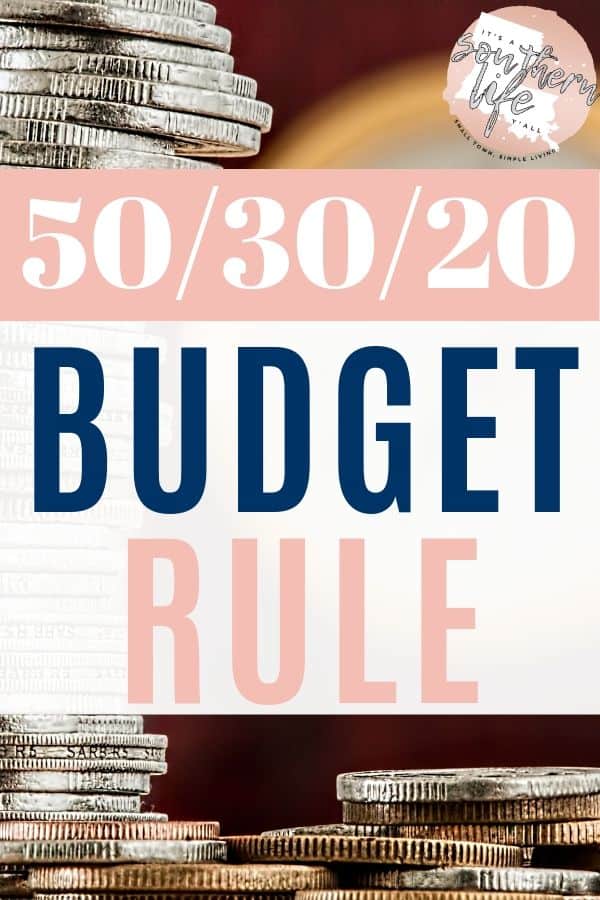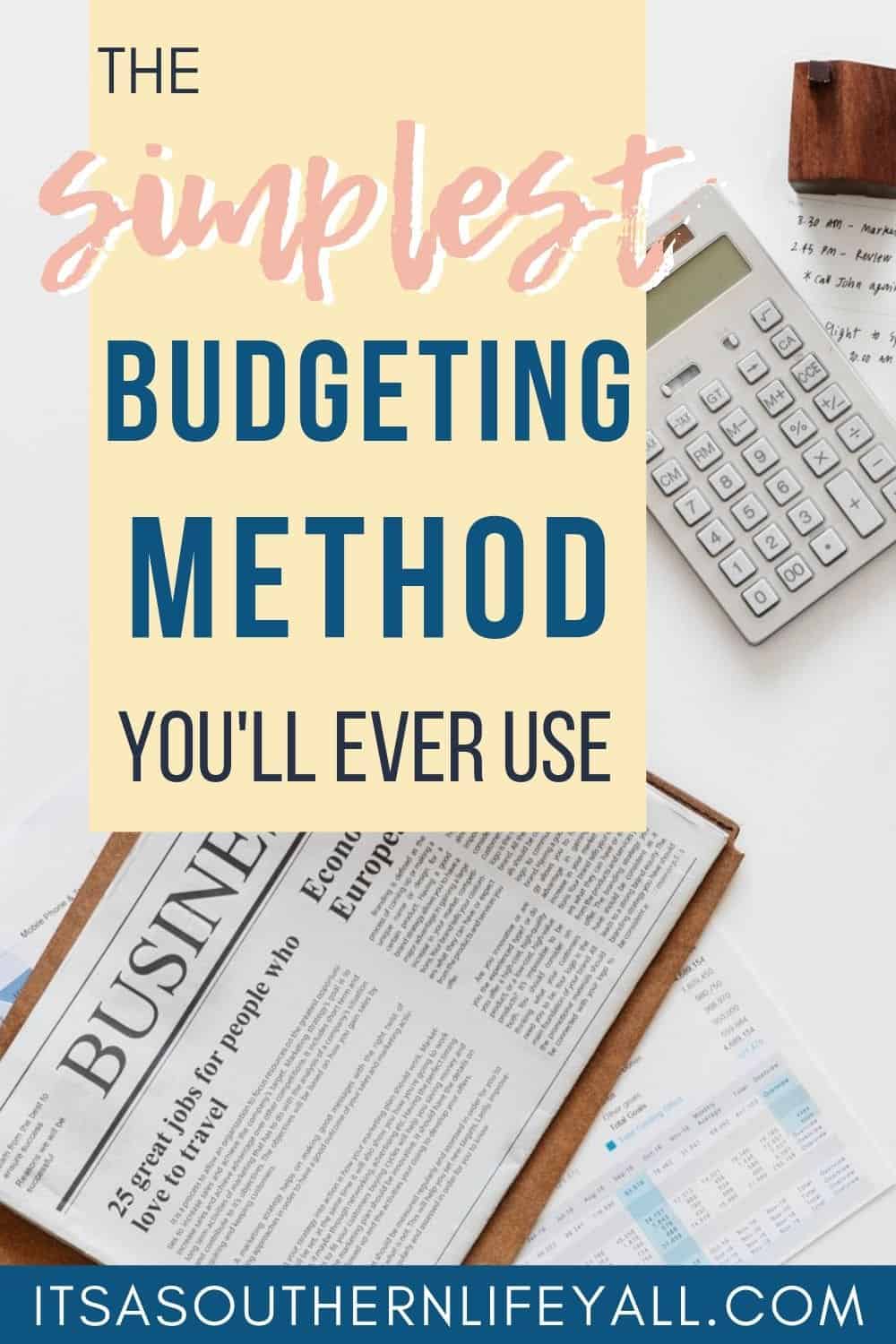Are you struggling to make ends meet? This happens often when you don’t have a plan. So many people put a budget down on paper and maybe even follow it — but still are robbing Peter to pay Paul and falling short. That’s because they don’t understand how to properly balance their budget. Enter the 50/30/20 Budget Rule.

(This post may contain affiliate links. What does that mean to you? Well, if you click on a product and make a purchase, I may receive some compensation at NO charge to you. If you want to read the boring stuff, my full disclosure can be found here.)
What is the 50/30/20 Budget Rule?
The 50/30/20 Budget (or also known as the 50/20/30 Budget) is actually a very simple budget. Basically, you divide your net (after-tax) pay into 3 main categories.
- Needs
- Wants
- Future
This budget is really simple to use once you understand the categories.
50% Needs – 30% Wants – 20% Future
Are you feeling this is self-explanatory? Don’t click away just yet.
50% Needs
50% of your take-home salary should go to the necessities in life. These are things you need to survive such as food, shelter, and transportation.
Your basic needs should not take more than 50%.
If they do, you are possibly living beyond your means and this is keeping you from making ends meet. When you work with this budget and know how much you have in each category, you understand what you can actually afford. So just because you can tighten your belt and make the $750 car payment…but you can never fill the tank up or think you will have to take out a small loan for a new set of tires…can you really afford that car?
What is the difference between a need and a want? Any bill you can cut with only minor inconveniences in your life is a want. Any bill that impacts your quality of life is a need. When you are thinking of your needs, be honest because things like cable are wants…you know you can honestly do without it if needed.
What are your basic needs?
- Groceries
- Housing
- Utilities
- Health Insurance
- Car Payment
- Car Insurance
Yes, all of these items should total no more than 50% of your take-home income. Are you tipping that scale in the wrong direction when you add these up?
RELATED POST: Half Payment Budget Method
30% Wants
When budgeting, I actually like to tackle my wants last because this is the section I take from if I’m behind or falling short anywhere else. When you find yourself in a financial bind, this category is the one to put a spending freeze on until you find yourself in a better place financially.
Before you plan in this category, make sure your needs and future are balanced properly.
What falls under this category? Your wants consist of things like travel, dining, gifts, and shopping…but that’s not all.
Now I know you might be thinking of all of the ways you can spend your 30%.
But don’t get ahead of me here.
This is the category many people get in trouble with because they think of wants as frivolous spending. Sorry to tell you this but that isn’t really the case.
Your wants include all of the niceties of life. You know, the things you enjoy like your cell phone, wifi, and cable.
You cannot forget these items when budgeting.
So before you run off and get the full treatment at the spa, you must make sure all of your “basic” wants are covered. Also, if you have a vacation planned later in the year, calculate how much you need to set aside each month and take that amount from this category.
20% Future
This 20% goes to your debt repayment, emergency fund, savings, etc.
Now this one can be a little tricky at times.
Let’s talk about debt repayment. Your minimum monthly payment on your credit card balance is a need. But the additional $75 you add to the minimum payment falls into this category. That additional payment is debt repayment. The required payment is a need because if you don’t pay this it will reflect on your credit.
If you are paying a note and a half on your mortgage; the initial mortgage payment is a need and the half payment is for the future.
How you decide to divvy up this category is entirely up to you and where you are in life.
No matter what, I strongly encourage you to have an emergency fund of at least $1000 but preferably 6 months living expenses for those unexpected life moments.
I also firmly believe you must pay yourself first…that’s this category. If you don’t work down your debt and save for retirement, you will find yourself in a bind. According to this CNBC article, 21% of Americans have no retirement savings at all.
RELATED POST: How to Save Money When You are Broke as Hell
Have you ever used a budget before? Let me know in the comments.


Leave a Reply